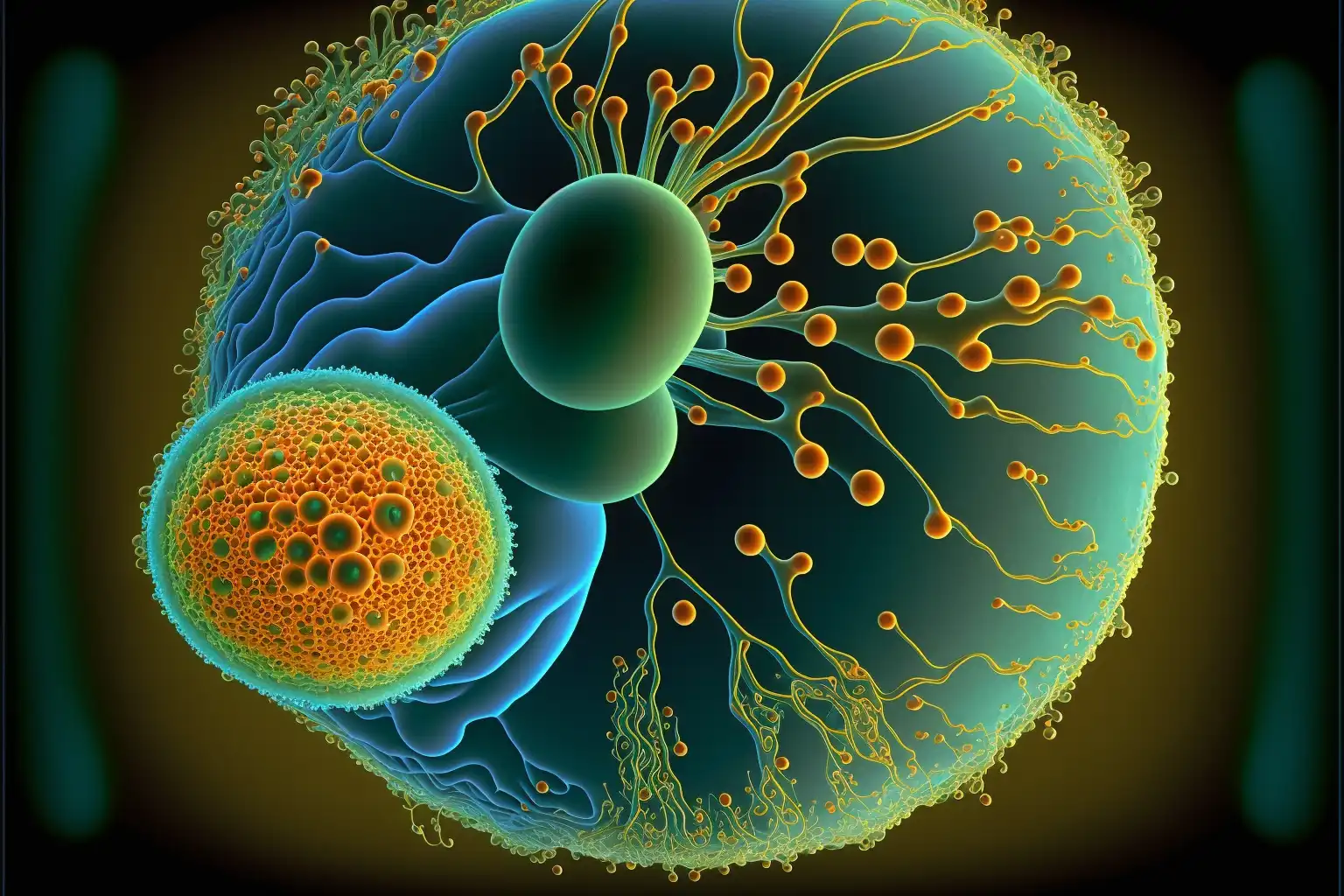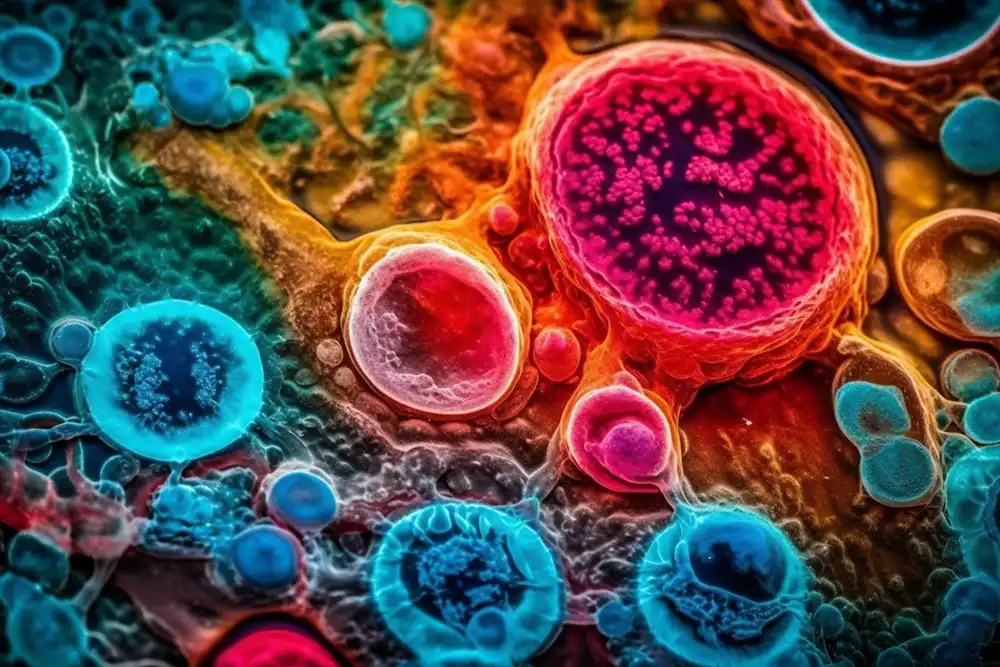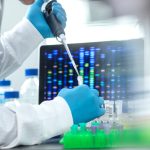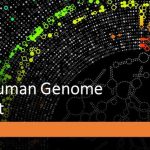Stem cell research is a rapidly advancing field in biotechnology with immense potential to reshape regenerative medicine. Unlike most cells in the body, stem cells have the unique ability to develop into many different cell types, offering groundbreaking possibilities in treating a range of diseases and injuries. From regenerating damaged tissues to advancing drug testing methods, stem cell research is paving the way for innovative medical solutions that were once considered science fiction. This article explores the basics of stem cell biology, the various types of stem cells, and their remarkable potential in regenerative medicine.
What Are Stem Cells?

Stem cells are undifferentiated cells with the capacity to become specialized cells, such as muscle, nerve, or blood cells. They can self-renew and divide over long periods, making them invaluable for medical research and therapeutic applications. The two main types of stem cells include:
- Embryonic Stem Cells (ESCs): Derived from early-stage embryos, these cells are pluripotent, meaning they can turn into almost any cell type in the body. However, ethical concerns surround the use of embryonic stem cells, as they involve the destruction of embryos.
- Adult (Somatic) Stem Cells: Found in specific tissues like bone marrow, skin, and fat, adult stem cells are multipotent, meaning they can only develop into a limited range of cell types. Although less versatile than embryonic stem cells, adult stem cells avoid the ethical issues associated with ESCs and have been used in various medical treatments, such as bone marrow transplants.
- Induced Pluripotent Stem Cells (iPSCs): Created by reprogramming adult cells to revert to a pluripotent state, iPSCs have similar properties to embryonic stem cells without the ethical concerns. They are increasingly used in research and hold significant promise for regenerative medicine.
The Role of Stem Cells in Regenerative Medicine
Regenerative medicine aims to restore damaged tissues and organs by harnessing the body’s natural ability to heal itself. Stem cells, with their capacity to regenerate and differentiate, are central to this field. Here are some ways stem cells are being used and their potential applications in regenerative medicine:
1. Repairing Damaged Tissues and Organs
One of the most promising applications of stem cells is in repairing or replacing damaged tissues and organs. For instance, stem cells can be used to generate new heart muscle cells for patients with heart disease, regenerate cartilage in joints for arthritis sufferers, and even restore vision in individuals with damaged retinal cells. Ongoing clinical trials are exploring these applications, and the results are encouraging for conditions that currently have limited treatment options.
2. Treatment for Neurodegenerative Diseases
Neurodegenerative diseases, such as Parkinson’s, Alzheimer’s, and multiple sclerosis, involve the loss of specific types of brain or nerve cells. Since these cells do not naturally regenerate, stem cell therapy offers hope for patients with these conditions. Researchers are investigating the potential of stem cells to replace damaged neurons, slow disease progression, and improve patients’ quality of life.
3. Healing Spinal Cord Injuries
Spinal cord injuries often result in permanent damage to nerves, leading to paralysis and other severe complications. Stem cell therapy could potentially repair injured nerve cells, offering hope for partial or full recovery of lost functions. While research is ongoing, early studies suggest that stem cells can encourage nerve regeneration and improve motor function in individuals with spinal cord injuries.
4. Diabetes Treatment
Stem cell therapy holds promise for treating diabetes by creating insulin-producing beta cells, which are either deficient or destroyed in diabetic patients. In individuals with Type 1 diabetes, the immune system attacks these cells, leading to an inability to regulate blood sugar. Scientists are working to develop stem-cell-derived beta cells that can be transplanted into patients, offering a potential cure rather than just management of the disease.
5. Wound Healing and Skin Regeneration
Stem cells are also being used in dermatology to treat severe burns and wounds. For burn victims, stem cells can be used to grow new skin cells, reducing scarring and speeding up the healing process. Stem cell-based treatments are already available for some types of wounds and are becoming increasingly sophisticated in their ability to mimic natural skin.
6. Advancing Drug Testing and Development
Stem cells have revolutionized drug testing by enabling the development of patient-specific models. Using iPSCs, researchers can create models that closely mimic individual patients’ tissues, allowing for more accurate drug testing. This not only speeds up the drug discovery process but also reduces the need for animal testing. Personalized drug testing using stem cells is also helping researchers identify the most effective treatments for individual patients.
Ethical Considerations in Stem Cell Research
While the potential of stem cells is vast, their use, particularly embryonic stem cells, raises ethical questions. Embryonic stem cell research involves the destruction of embryos, leading to concerns about the moral status of embryos. However, the development of iPSCs has helped alleviate some of these concerns, providing an alternative to ESCs for many applications.
In addition, there are ongoing discussions about the regulation and oversight of stem cell research. Governments and research organizations have set guidelines to ensure ethical practices in stem cell studies, but as the field advances, there is a need for continuous review of these regulations.
Challenges and Future Directions
Despite the immense promise, there are challenges to overcome in stem cell research and regenerative medicine. These include:
- Immune Rejection: Transplanted stem cells can sometimes trigger immune reactions, leading to rejection. Researchers are exploring methods to make stem cells more compatible with the patient’s immune system.
- Tumor Formation: Stem cells, especially iPSCs, have the potential to form tumors if they proliferate uncontrollably. Ensuring the safe use of stem cells without unwanted side effects is a significant area of focus.
- Ethical and Regulatory Issues: Ongoing ethical concerns and the need for stringent regulations can sometimes slow the pace of research. Ensuring a balance between innovation and ethics remains a challenge in the field.
Looking ahead, the future of stem cell research appears promising. Ongoing studies and clinical trials are likely to result in new treatments that will continue to push the boundaries of regenerative medicine. Breakthroughs in gene editing technologies like CRISPR may also allow scientists to enhance the effectiveness of stem cell therapies by correcting genetic abnormalities before transplantation.
Conclusion
Stem cell research is at the forefront of a medical revolution, offering hope for treating some of the most challenging diseases and injuries. From tissue regeneration to new methods of drug testing, stem cells hold the potential to transform how we approach medicine. As research continues, the promise of stem cells in regenerative medicine grows, bringing us closer to a future where healing damaged tissues, organs, and even nerve cells is not just a possibility but a reality. However, responsible research, regulation, and ethical considerations will be essential in ensuring that stem cell technology is used for the benefit of humanity.


